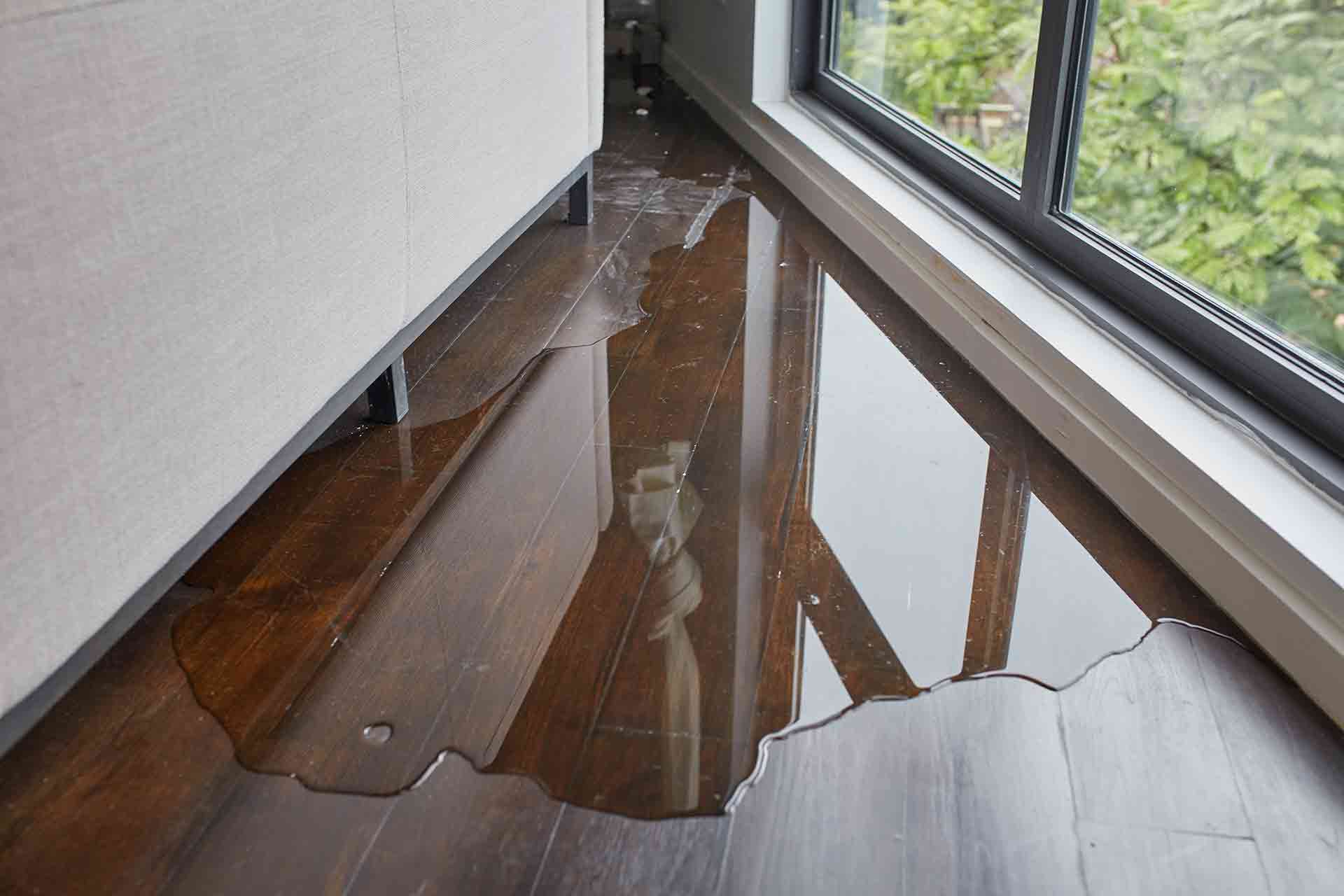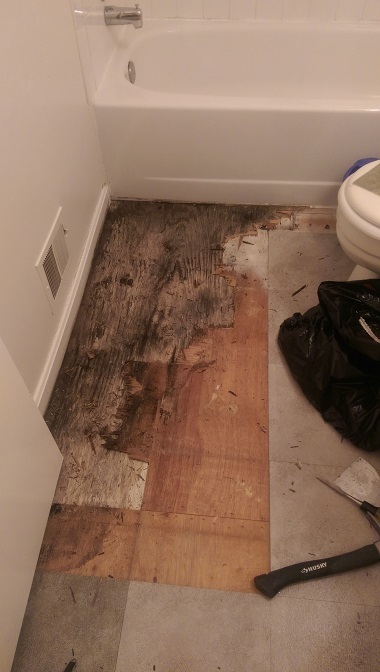Just how to avoid a Water Damaged Bathroom
Just how to avoid a Water Damaged Bathroom
Blog Article
The content in the next paragraphs on the subject of Preventing Water Damage in the Bathroom is exceptionally motivating. You should take a peek.

The washroom is extremely vulnerable for moist build-up as well as possible water damages as a result of the constant use water in it. This article offers easy evaluation methods to assist discovering water damage dangers.
The regular use water in the washroom makes it very at risk for wet buildup and also possible water damages. By evaluating it consistently, you can reduce water related problems.
The following collection of assessments is very easy to do as well as must be done when in every 3 months in order to maintain your washroom healthy and also to stop possible water problems triggered by the bath tub, the shower, pipeline joints and also plumbing, sinks, cabinets, and the commode
Do not forget performing these examinations and also be complete while doing them. Bear in mind that these easy inspections can save you a great deal of cash by supplying early signs for water damages
Tub and Shower
The shower and bath tub need special attention and also upkeep. Check the floor tiles and also replace if broken. Make sure that there is no missing out on cement in between the ceramic tiles. Inspect and also replace fractured caulking at joints where the walls meet the flooring or the bathtub. Blocked drains pipes as well as pipes issues will protect against the tub from drying out as well as may suggest serious troubles below the bath tub. Talk to a professional promptly to prevent architectural damage. Focus on discolorations or soft locations around the bathtub wall surfaces as they might suggest an inner leak.
Plumbing
Signs for water damage are tough to spot given that many pipelines are installed inside the wall surfaces.
Pay special focus to floor covering and wall surfaces moisture as well as spots as they might indicate an unseen plumbing problem. Examine moisture levels in adjacent areas as well.
Sinks as well as Cabinets
Sinks and also cabinets are subjected to dampness and moisture day-to-day and are commonly forgotten. Inspect regularly under the sink and also on the countertop above it. Fix any drip in the catch as it might suggest drainpipe problems. Browse the sink, slow-moving draining pipes might suggest an obstructed drain. Replace sink seals if they are fractured or loose.
The Toilet
The commode is a vulnerable water junction. Examine the water lines and also search for leaks around the bathroom seat, in the hose pipe, and also under the water tank. If you discover any kind of signs of wetness on the flooring around the commode, check for leaks in the toilet edge and also tank seals.
Understand that hanging toilet bowl deodorants enhances the possibilities for blockages.
Water Damage Signs In The Bathroom To Avoid Cleanup
Musty smell
This is one of the easiest signs to catch because musty smells are so odorous. The damp, earthy, moldy smell should be a big red flag. The smell will develop when moisture gets trapped in surfaces, and begins to facilitate mold growth. Leaking pipes under cabinets, inside walls, and behind shower fixtures will cause moisture to stay trapped and not dry, which will lead to mold growth and spread. As soon as you notice any musty smells in your bathroom, have it checked for hidden water damage and cleanup signs.
Visible mold
If the smell isn’t there to give it away, sometimes you will actually see mold growth. Finding mold in your bathroom is a serious problem, because mold is very harmful to your health. By the time mold growth is visible, it also means that water damage has already occurred and been present for some time. The only way the mold problem can be resolved is to find the source of the moisture and get it stopped. To safely and adequately remove mold, you need to have professionals handle the remediation. Do not waste any time in getting mold problems addressed, fixed, and sanitized so that you can protect you and your family from the many respiratory symptoms caused by mold exposure.
Damaged floors
Bathroom floors should be able to withstand some exposure to water while still remaining in good condition. However, when excess exposure or water leaks occur, they will begin to damage even the most water-resistant flooring. If you notice any cracking, bubbling, staining, or warping on your bathroom floors, there is probably a water leak somewhere causing the distortion. If you notice areas of the floor have become softer, or even have a spongy feeling, there is probably damage to the subfloor. Subflooring is typically made up of plywood. When plywood is exposed to water or moisture, it will absorb it. Once it has become saturated, the weight of the excess water will cause the wood to swell and soften. Check the floors in your bathroom frequently to catch any of these sings before they lead to damaged subflooring.
Changes on walls
When water leaks behind walls, it will cause changes in the drywall. Peeling plaster, blistering paint, and soggy wallpaper are all good indicators that excess water is building up behind the wall. Water leaking behind drywall will cause it to swell and be soft to the tough. If you start to notice gaps along the trim of your walls, or where tile meets the wall, it could also be a strong indicator that there is a leak behind the wall. Any changes, distortion, or damage on the walls should be evaluated as soon as you notice it to prevent further water damage and cleanup.

As a devoted person who reads on Common Causes of Water Damage in a Bathroom, I figured sharing that excerpt was essential. Sharing is good. Helping people is fun. We appreciate reading our article about Common Causes of Water Damage in a Bathroom.
Information Report this page